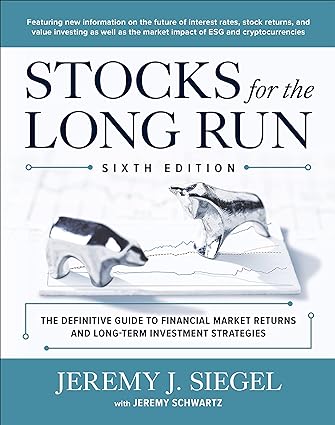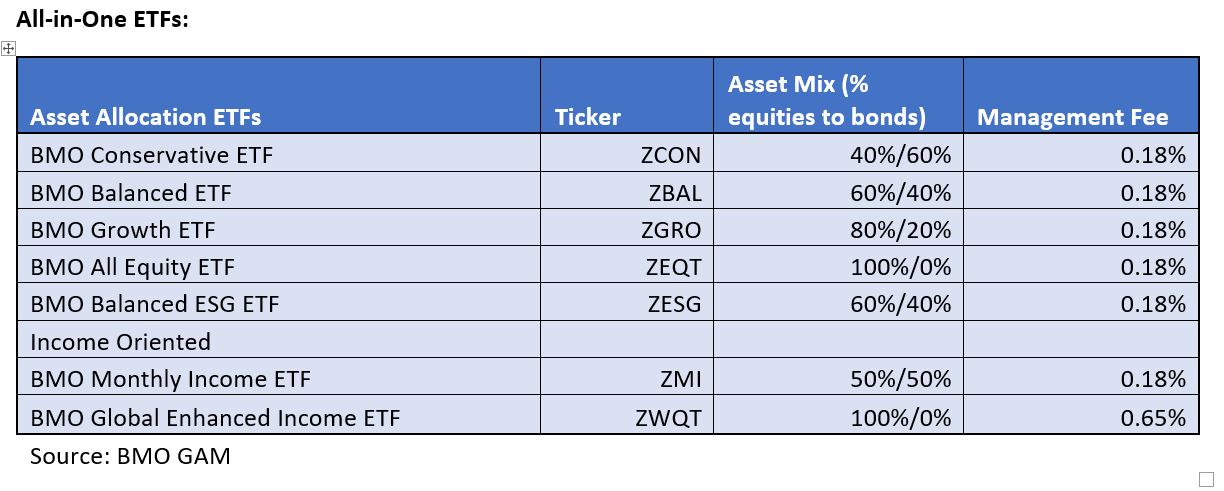
By Steve Lowrie, CFA
Special to Finanial Independence Hub
Yet another year has gone by. With 2023 behind us and 2024 on the horizon, it’s important to take stock, set goals, and make plans – keep steadfast in your quest for long-term financial planning and wealth management success.
In 2023, I shifted my focus to keep some core financial planning principles at the forefront of your mind. These principles are timeless and are a good touchpoint for whenever your financial resolve starts to soften.
Let’s look back at these timeless financial tips from 2023…
Financial Tip on Market Pricing
Timeless Financial Tip #1: Repeat After Me: “It’s Already Priced In”
Let’s talk about the price of stocks. To make money in the market, you need to sell your holdings for more than you paid. Of course, we’re all familiar with good old buy low, sell high. But despite its simplicity, many investors fall short. Instead, they end up doing just the opposite, or at least leaving returns on the table that could have been theirs to keep.
You can defend against these human foibles by understanding how stock pricing works and using that knowledge to your advantage.
Financial Tip on News vs. Noise
Timeless Financial Tip #2: Rising Above the Noisy News
In investing and life, information overload, aka “noisy news,” has long been a thing. In fact, before the Internet came along, I used to publish a hardcopy newsletter called “Rising Above the Noise.” Because even then, investors seemed awash in TMI (too much information).
If media noise was a problem back then, imagine the implications today. Which brings me to today’s Play It Again, Steve – Timeless Financial Tip #2.
To be a successful investor, it’s as important as ever to dial down all the noisy news you invite into your head.
Financial Tip on Tax Planning
Timeless Financial Tip #3: Tax-Planning as a Lifetime Pursuit
I would be remiss if I didn’t dedicate at least one post in my “Play It Again, Steve” series to everyone’s least favourite, but still significant topic: taxes. It’s a good thing there’s no tax on writing about tax planning; if there were, I would surely owe a lot.
Read about these six timeless techniques for reducing your lifetime tax load.
Financial Tip on Behavioural Bias
Timeless Financial Tip #4: How To Manage Your Financial Behavioural Biases
So, what’s really going on inside your head as you make critical decisions about managing your money? By considering this pivotal question each time you’re tempted to react to the latest news, you stand a much better chance of being the boss of your investment outcomes.
There are countless external forces influencing your investment outcomes: taxes, market mood swings, breaking news, etc.
Let’s look inward, to an equally important influence: your own financial behavioural biases.
Financial Tip on Evidence-Based Investing
Timeless Financial Tip #5: Trust the Evidence
If I could, I would grant amazing investment returns to every investor across every market. Unfortunately, that’s just not how it works. In real life, we must aim toward our financial ideals, knowing we won’t hit the bullseye every time.
That’s why I recommend evidence-based investing: or investing according to our best understanding of how markets have actually delivered available returns over time, versus how we wish they would. Our “best understanding” may still be imperfect, but it sure beats ignoring reality entirely.
Financial Tip on Investment Time Horizon
Timeless Financial Tip #6: Aligning Your Investments with Your Investment Time Horizon
I’ve spent my entire career railing against the dangers of market-timing — i.e., dodging in and out of markets based on current conditions. But there is a time when “timing” of a different sort matters. I’m talking about your investment time horizons.
Your driving force for when to invest — and stay invested — is ideally based on the timing of your own spending plans, rather than external market moves. Let’s look at how to use your personal time horizons to successfully separate today’s spending from tomorrow’s future wealth.
Financial Tip on Retiring on Your Own Terms
Timeless Financial Tip #7: 6 Steps to Retiring as Planned
Retirement isn’t the only reason to set aside current income for future spending. But since it’s usually the elephant in the financial planning room, it’s worth a Timeless Tip of its own.
Essentially, this is what retirement planning is all about:
By being thoughtful about how to save and invest toward retirement, you can best sustain, if not improve your ongoing lifestyle: especially once your prime earning years are over.
If you are walking the line between investing, spending, and your investment time horizon, check out these 6 ways to leverage lifelong financial planning, so you can retire on your own terms and on your own timeline. Continue Reading…













